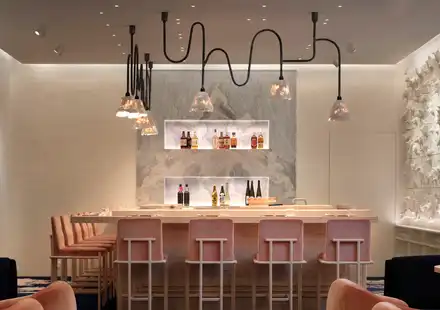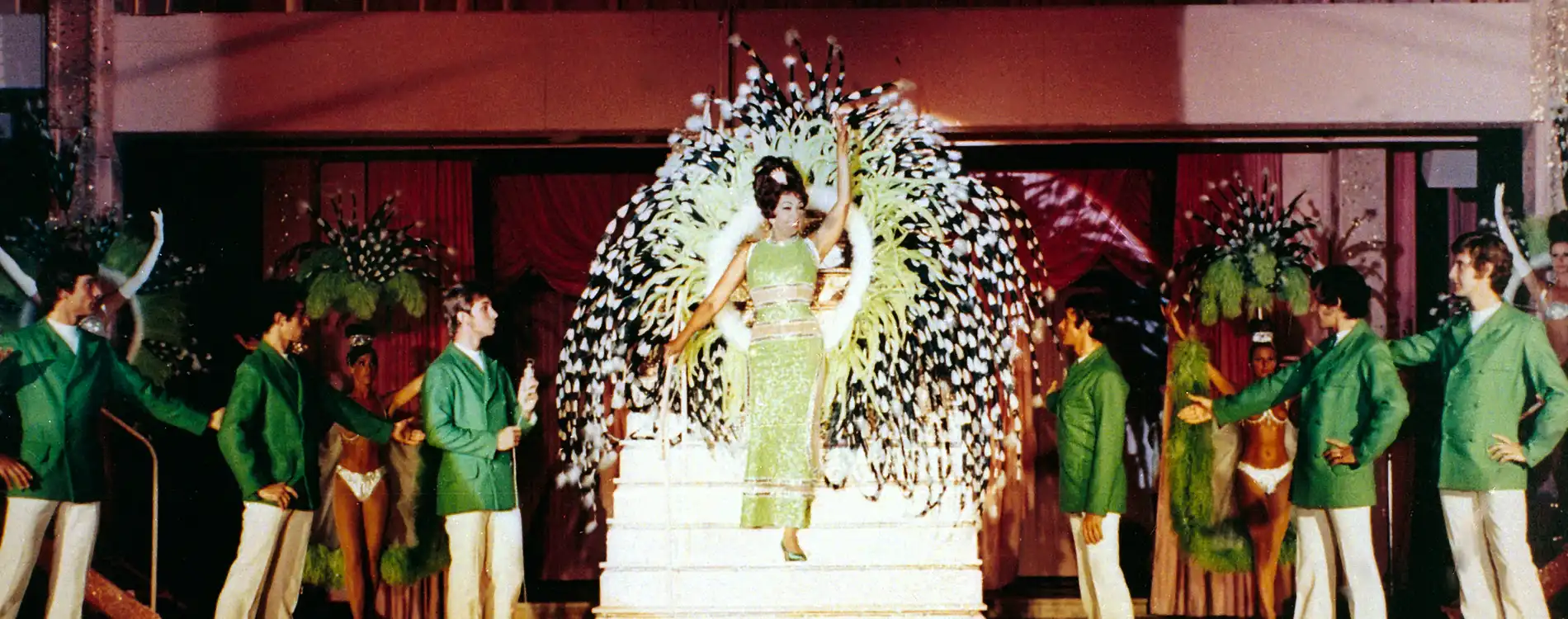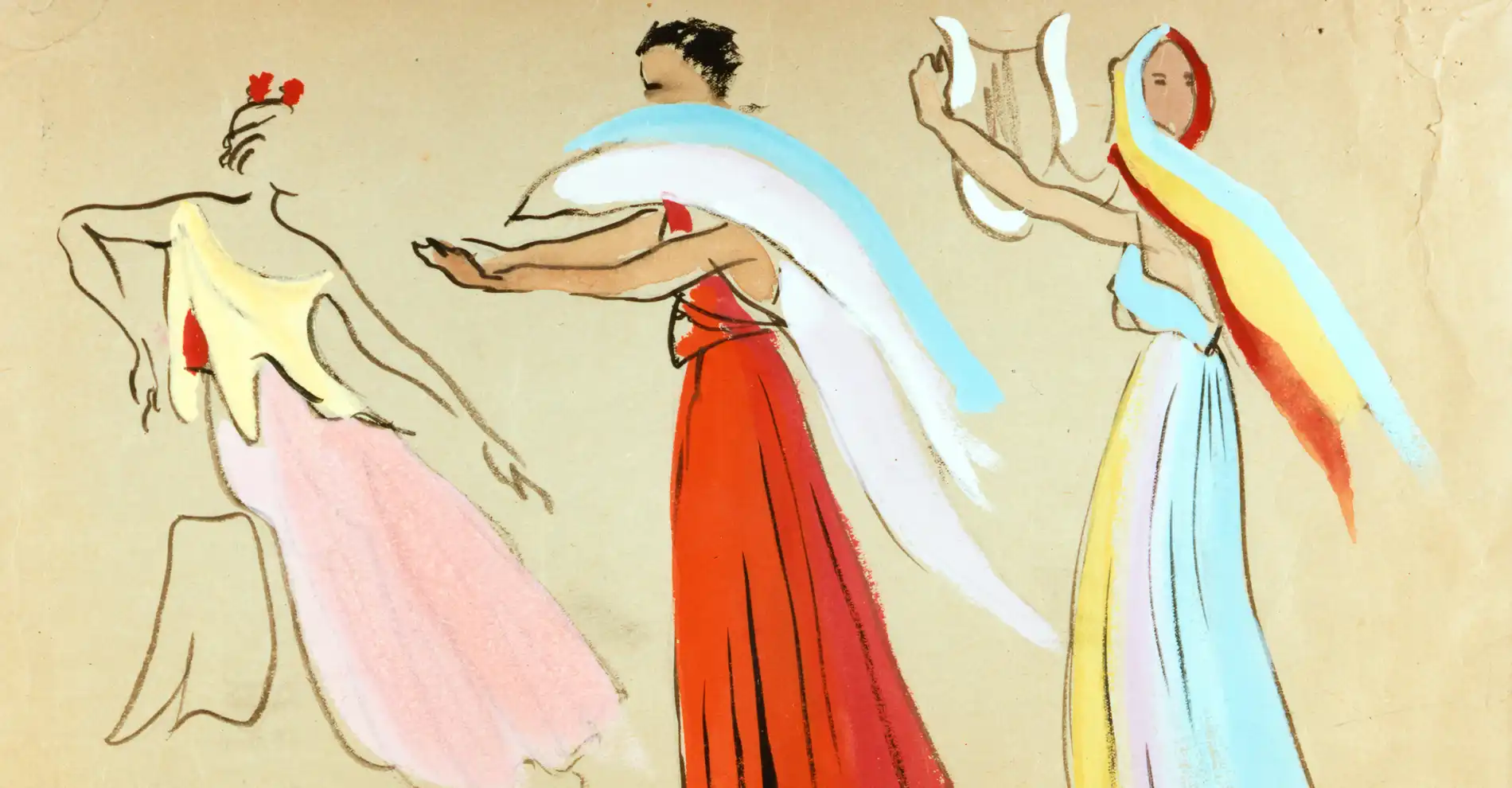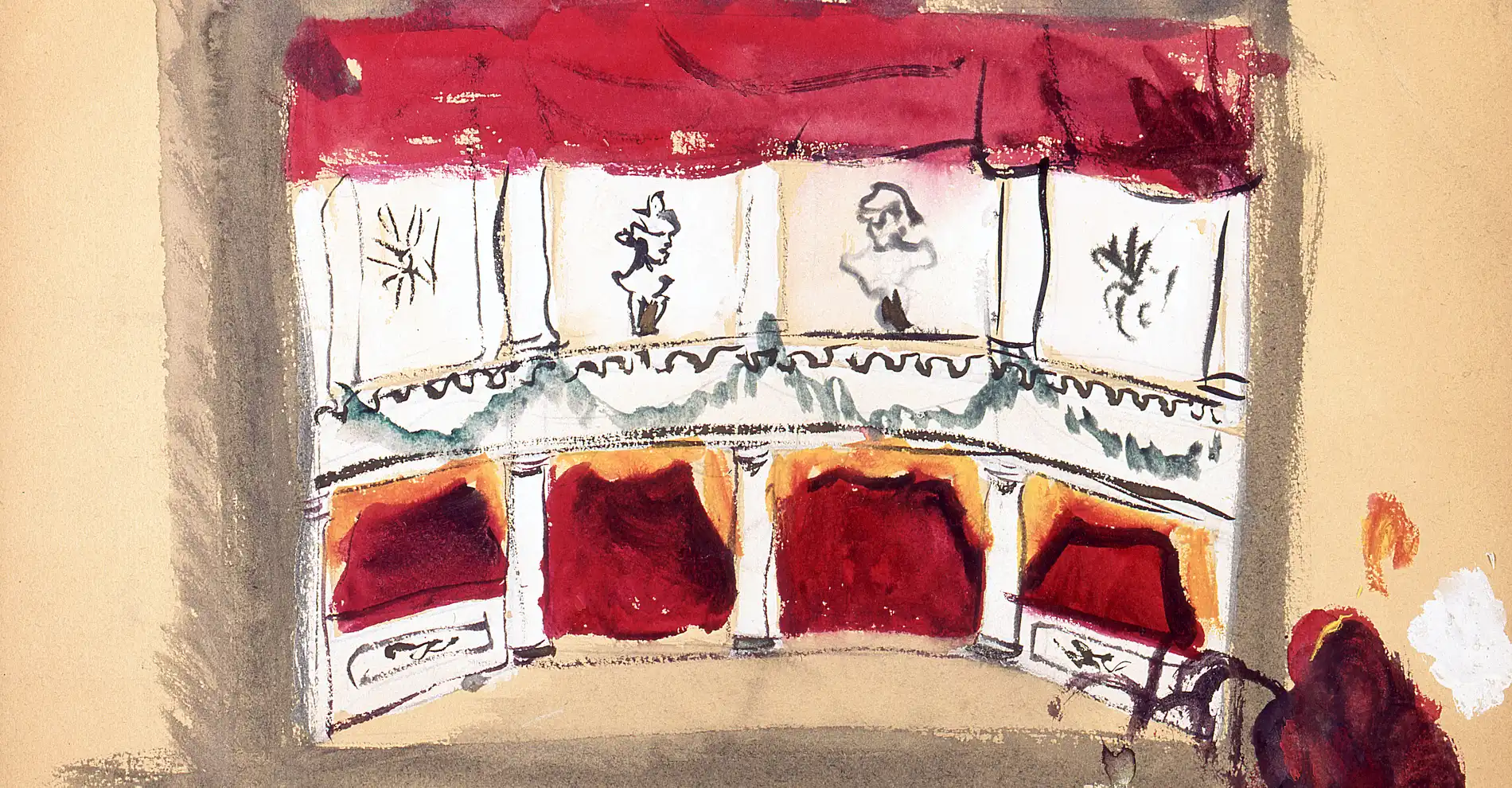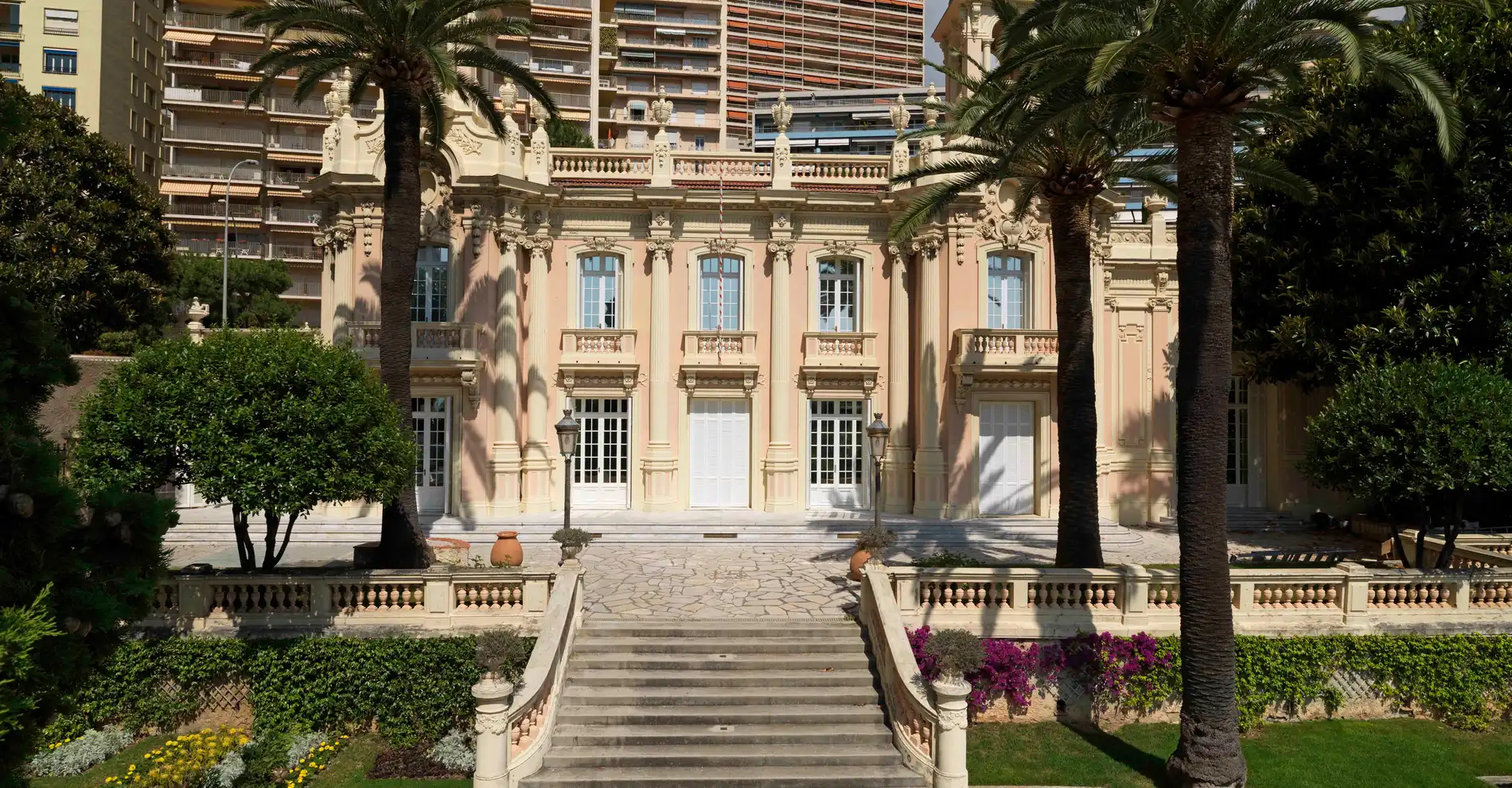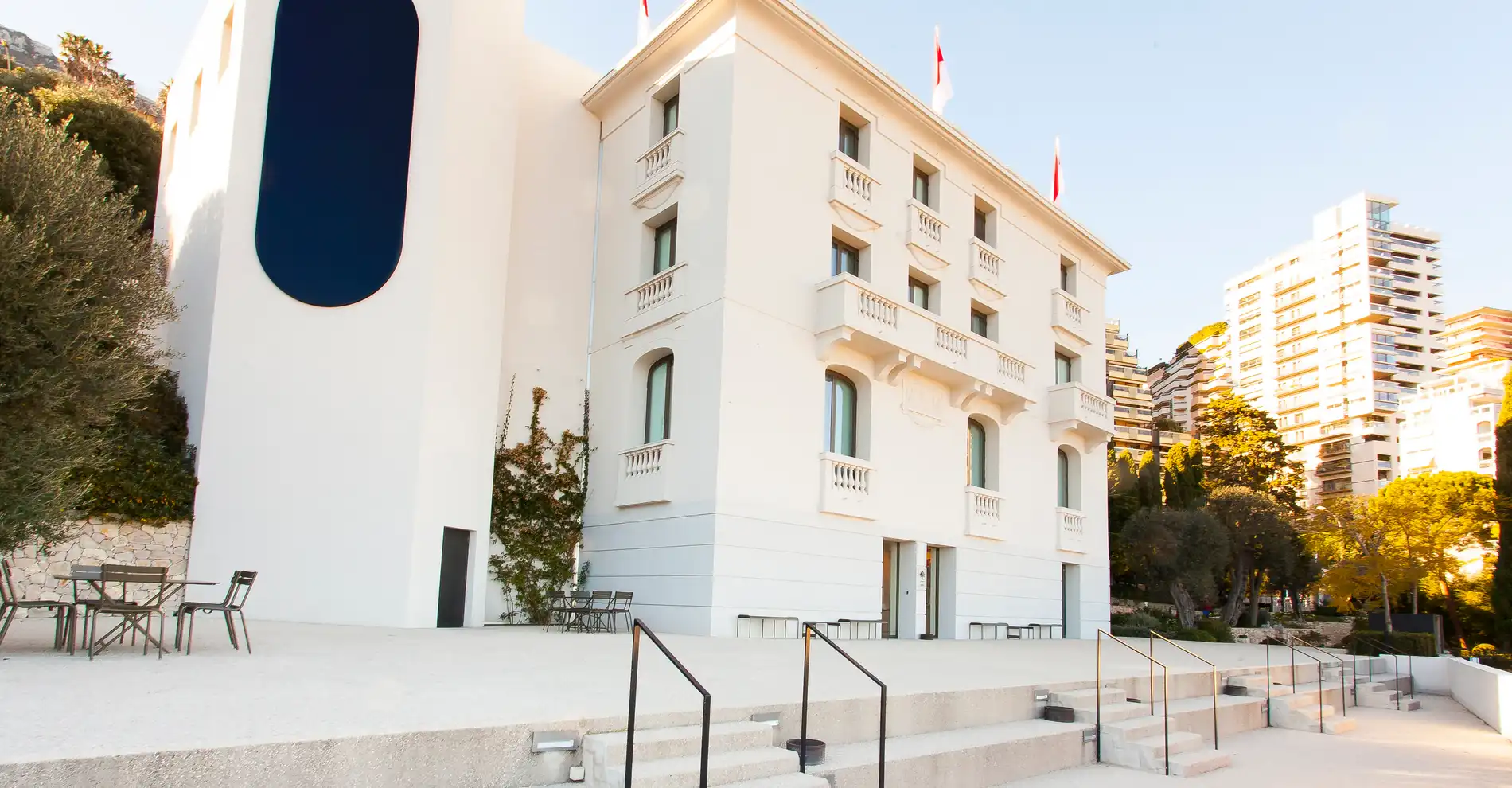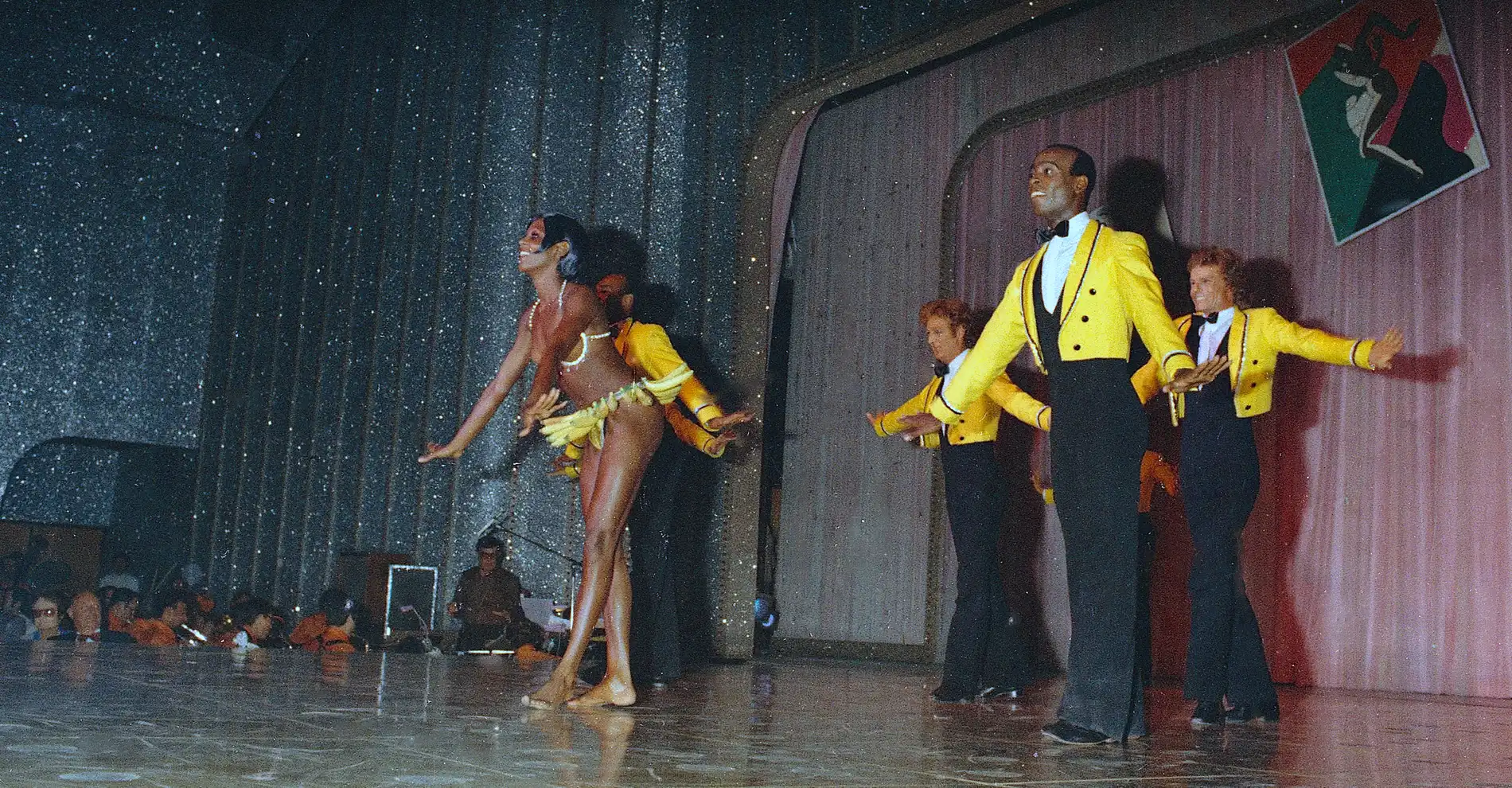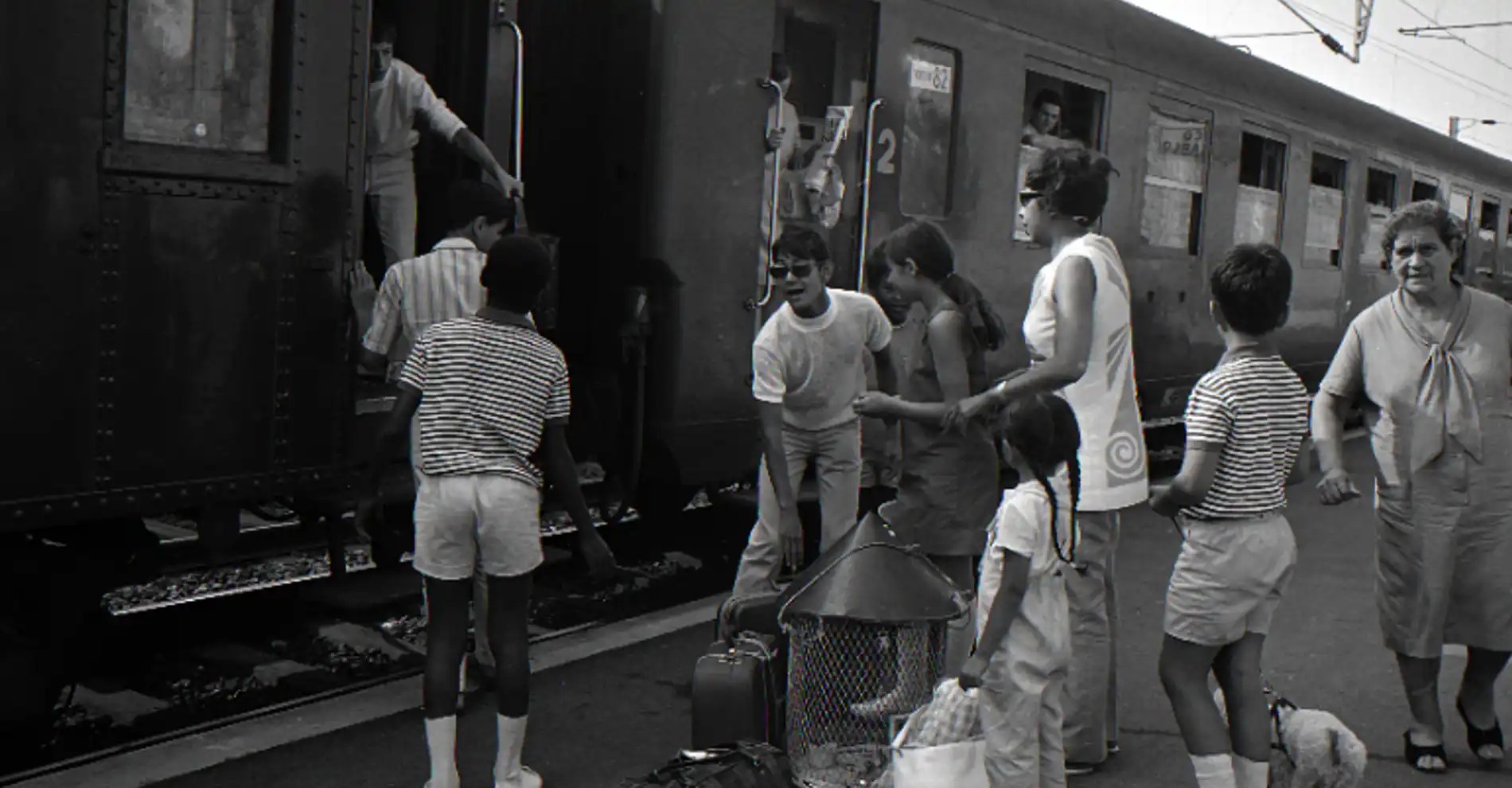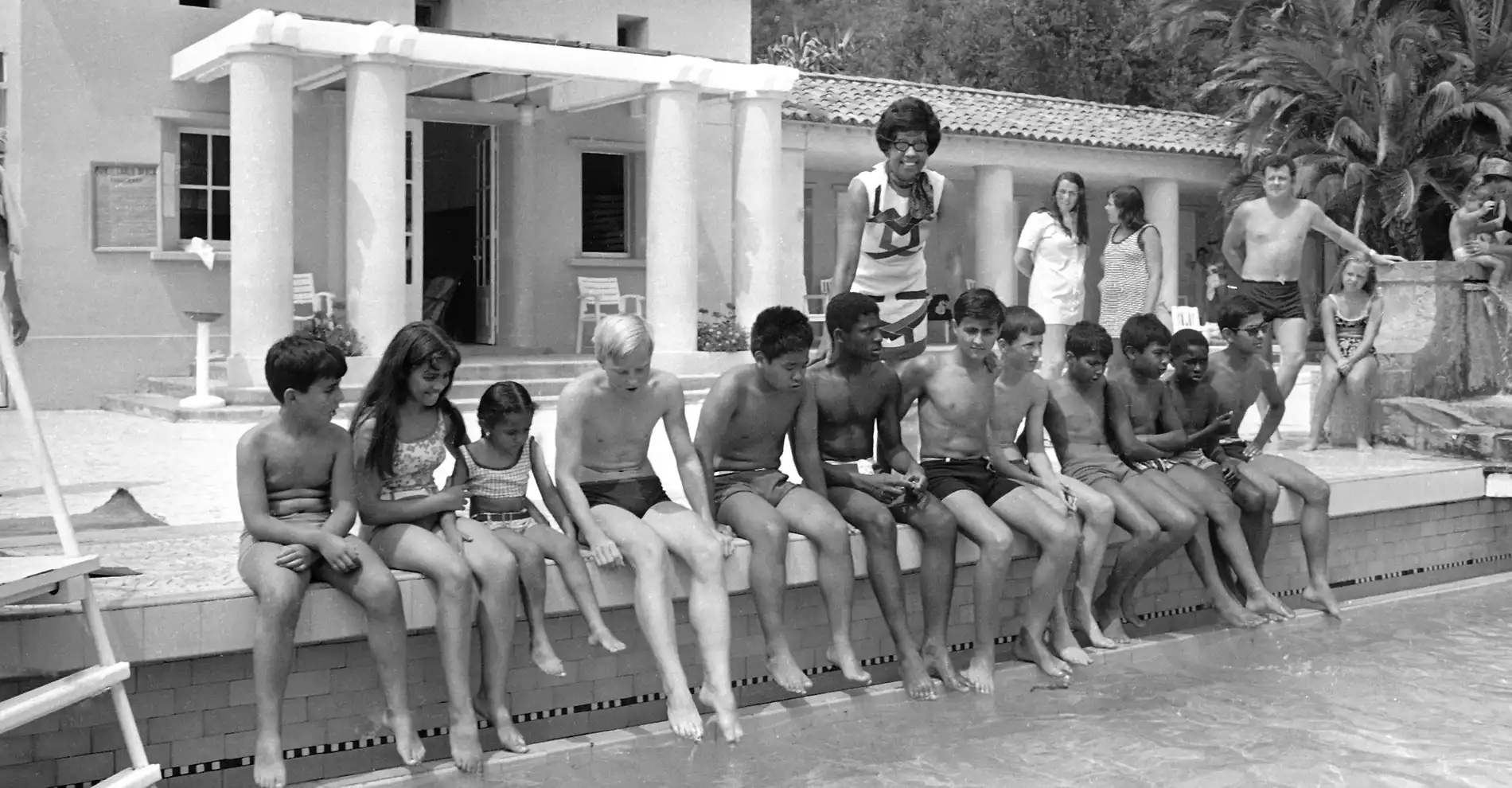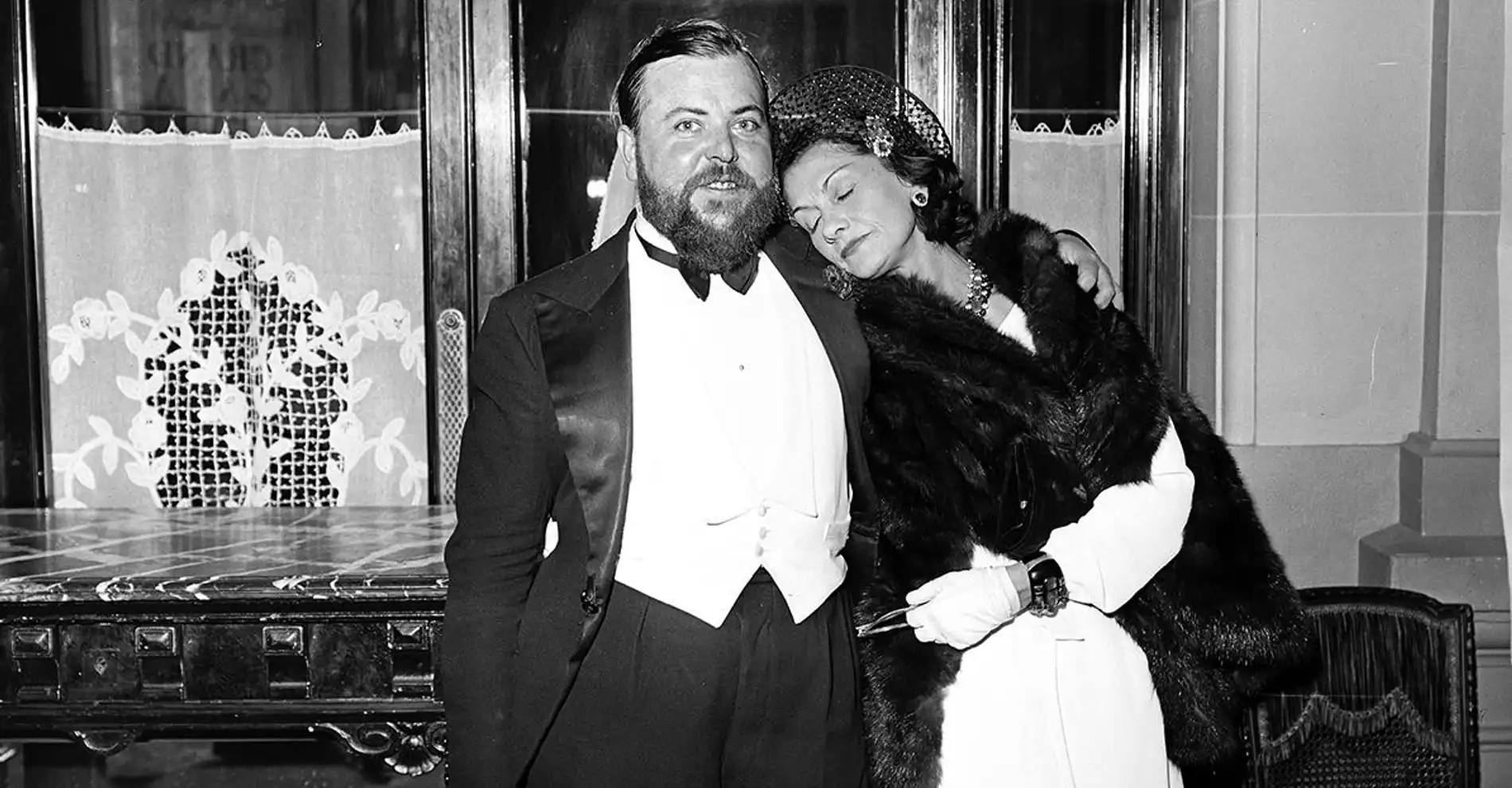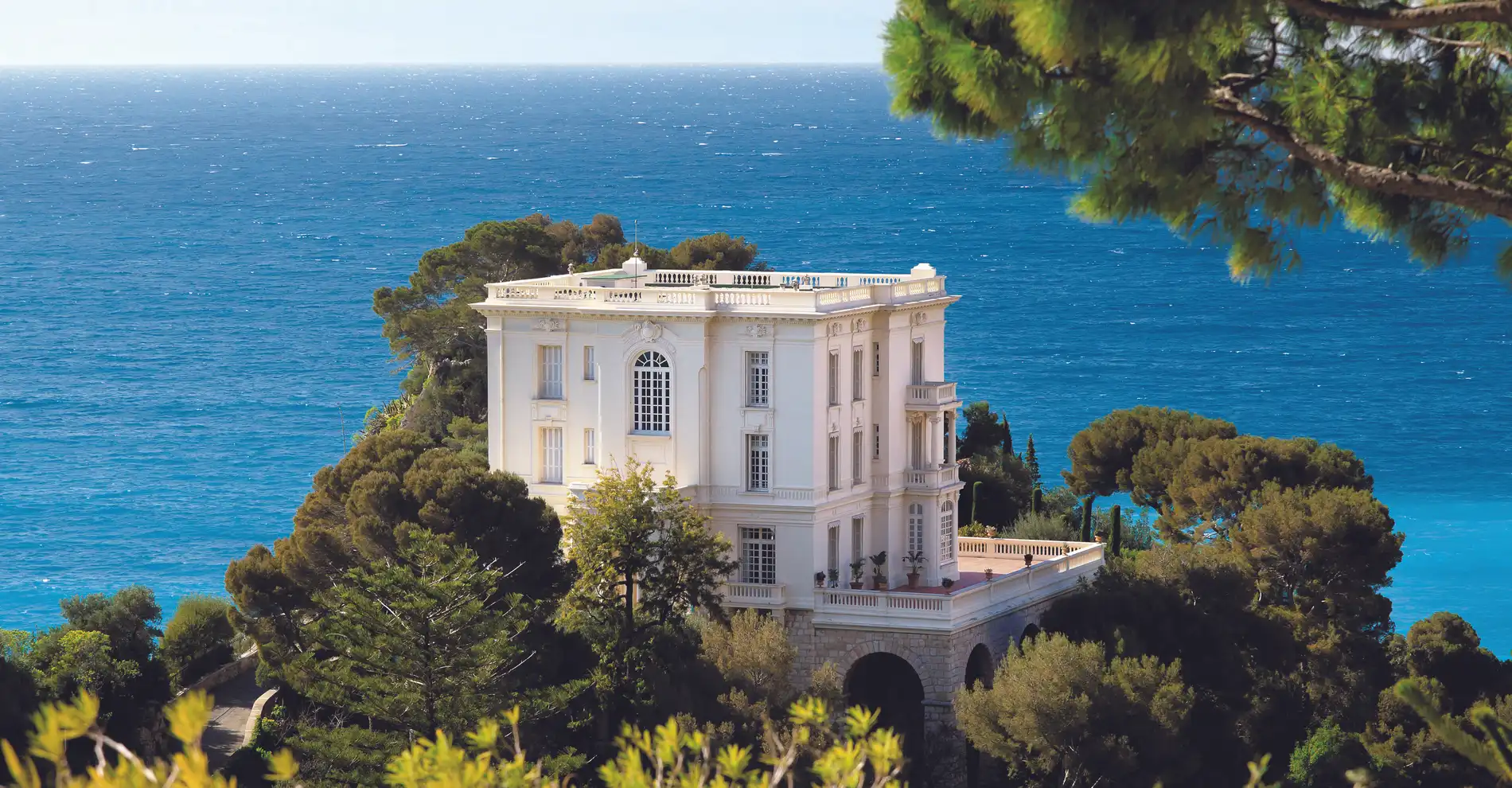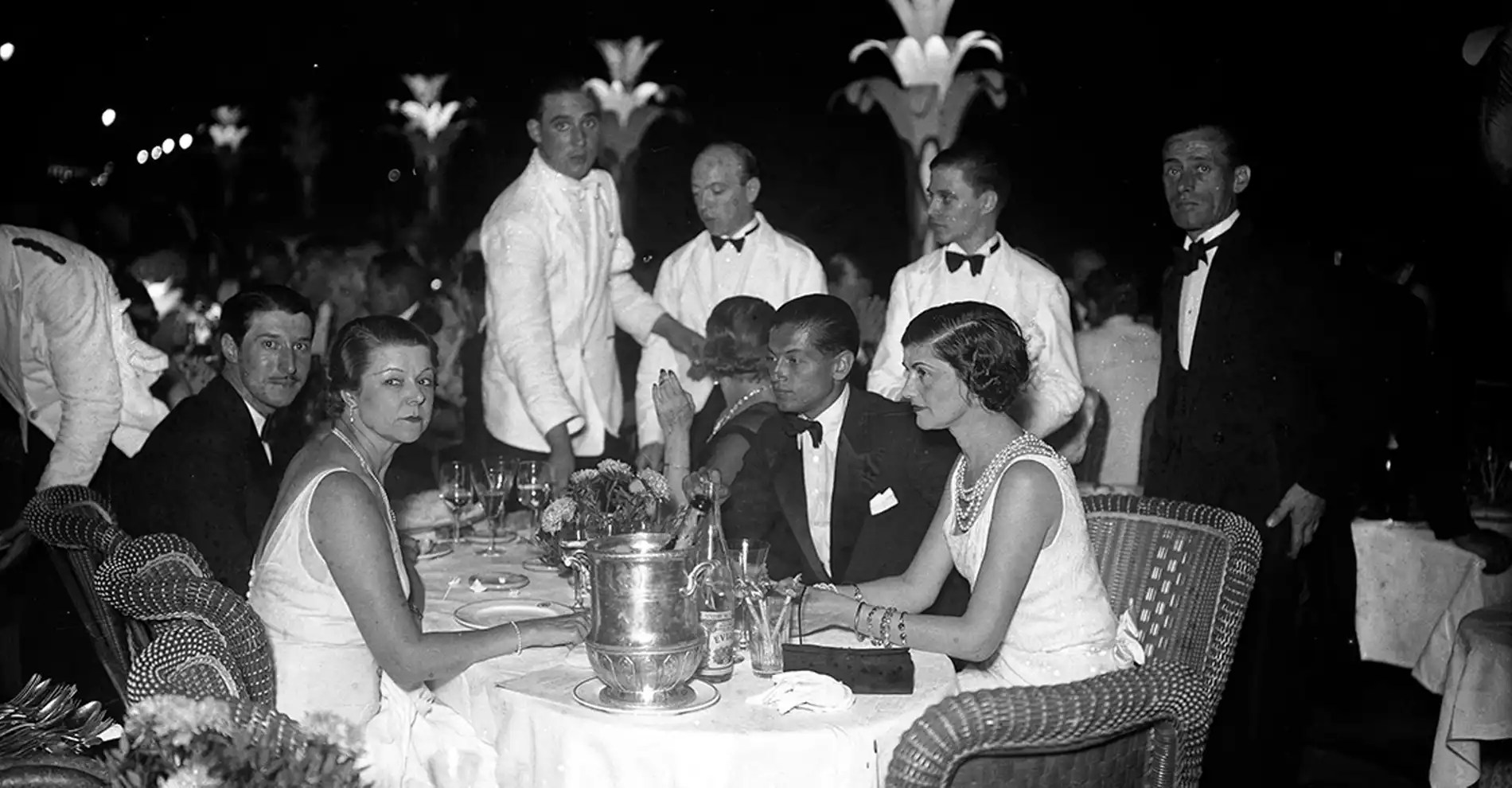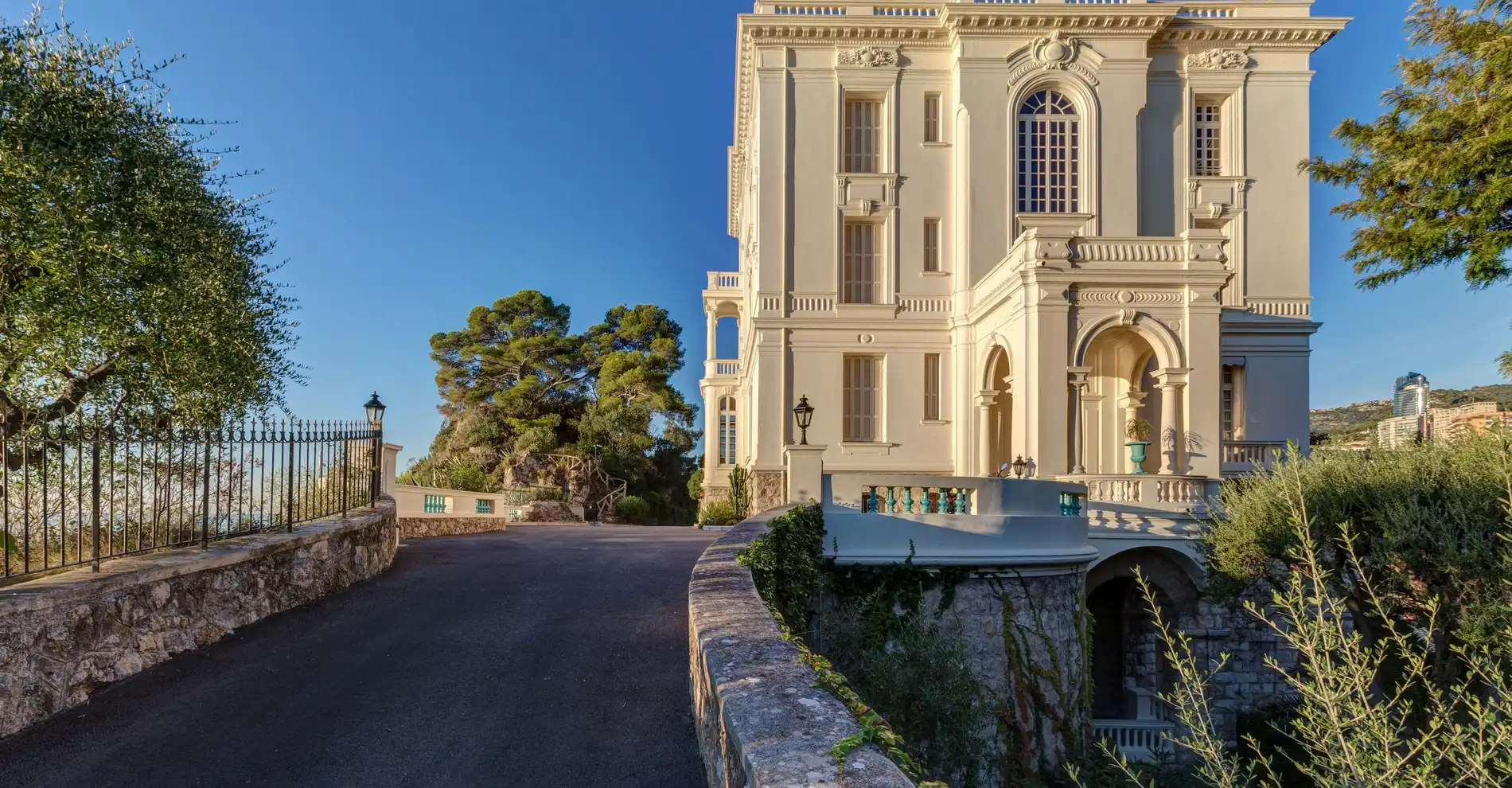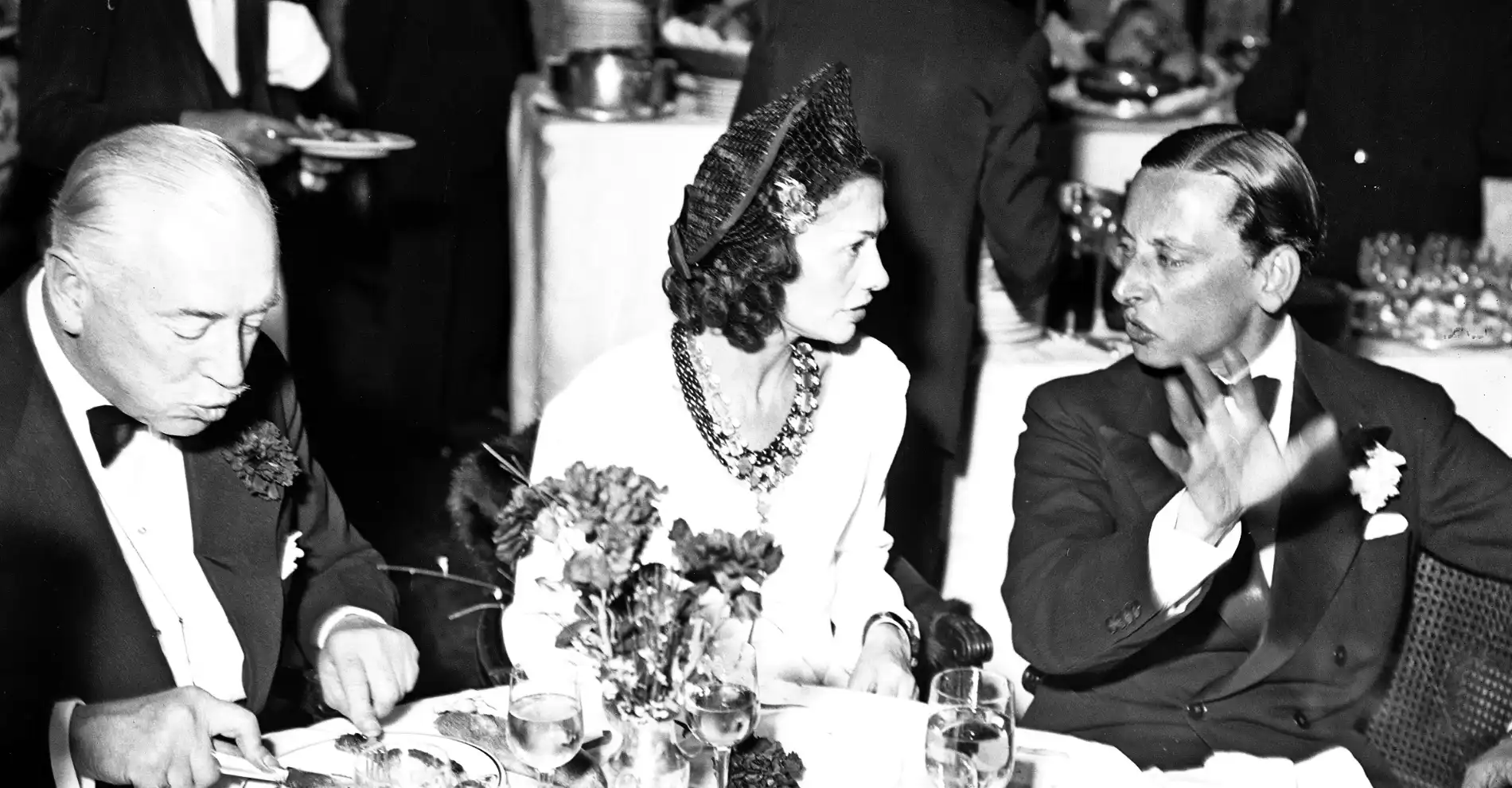Published on November 18, 2023Updated on December 11, 2023
Josephine Baker, Claude Monet, Gabrielle Chanel and Jean Cocteau have one thing in common: their attachment to Monaco. Through their work and their lives, many artists have been associated with the Principality, either spending periods of their careers here or settling here permanently. Painters, fashion designers, singers, dancers... Here's the story of some of the artistic figures linked to this city-state of international renown.
Painters and Monaco, a love story
In summer 2023, visitors to the Grimaldi Forum were treated to a lavish exhibition devoted to the work of Claude Monet. Long known for his paintings of the cathedrals of northern France, London Bridge and the landscapes of his adopted village, Giverny, the master of the Impressionists also made a number of trips to Monaco and the Riviera. Mountains in the Nervia valley, villas in Bordighera, the tip of Cap Martin, Antibes... Monet's Mediterranean subjects abound. And it was he who brought back from his sojourns two famous Monte-Carlo seen from Roquebrune, one of the first paintings of international renown to use the Principality and its surroundings as its subject.
Claude Monet, La Baie de Monaco dit aussi Port de Monaco, Aurore, n.d. - Oil on canvas, 60 x 73 cm - Collection Nouveau Musée National de Monaco, no. 1993.1.1 - Photo: Mauro Magliani & Barbara Piovan
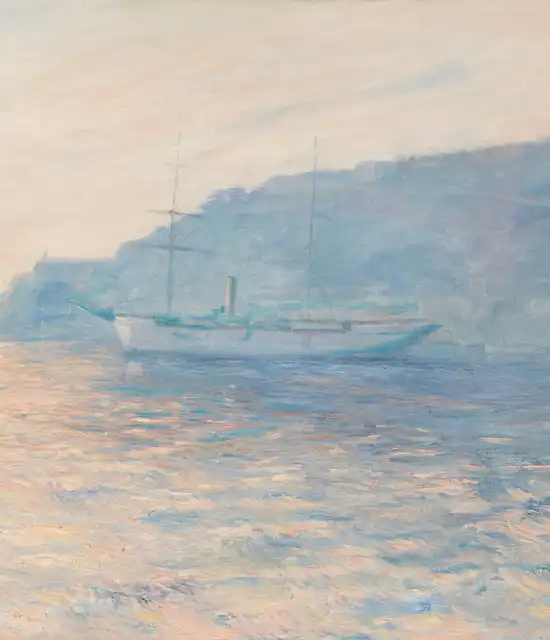
In the 19th century, the Côte d'Azur became a favourite holiday destination for European high society. In their wake, the influential personalities of yesteryear attracted their share of artists, who discovered new landscapes to sketch, as well as an art of living. The region has also seen many of the great names in painting take up temporary residence here: at the Villa Santo Sospir, near Saint-Jean-Cap-Ferrat, Jean Cocteau came to stay from the 1950s onwards, sometimes for several months at a time, and decorated the house with his frescoes. The painter, filmmaker and poet frequented Monaco's elite and attended the royal wedding of Rainier III to Grace Kelly. From the 1910s onwards, the man had been linked to the Principality by illustrating posters for the Monegasque ballets.
Cocteau often crossed paths with Leonor Fini, another artist whose linked to the Principality. This painter of Argentinian and Italian origins first worked with the Surrealists in Paris before carving out her own niche, with canvases depicting dreams, sleeping beauties, succubi... and also numerous portraits, which she painted in particular from 1940 onwards in Monte Carlo, where she fled during the war. On a dance floor not far from the Rock, the young artist crossed paths with Stanislao Lepri, former Italian consul in Monaco, who would become her companion and, in turn, a painter. In the space of two decades, Leonor Fini left her mark on the world of painting, making the Principality one of her favourite haunts.
Christian Bérard, Étude pour Cotillon, circa 1932 - Watercolor, ink, gouache and gold paint on wove paper - 27.4 × 36.9 cm - Collection Nouveau Musée National de Monaco, no. 1991.4.14 - Former Boris Kochno Collection - Photo: NMNM/Marcel Loli
Christian Bérard, Étude pour La Septième Symphonie, circa 1938 - Graphite pencil, watercolor, ink and gouache on wove paper - 27.7 × 38.4 cm - Collection Nouveau Musée National de Monaco, no. 1991.4.25 - Former Boris Kochno Collection - Photo: NMNM/Marcel Loli
At the end of the Second World War, another painter settled in Monaco to create in a certain 'tranquillity'. Far from Paris, Kees Van Dongen lived a hidden existence on the Côte d'Azur, despite being one of the precursors of modern art at the turn of the century, and an inspiration to Picasso. The villa he bought in the Principality is called Le Bateau-Lavoir, after the Montmartre cabaret where he met the greatest aesthetic minds of the 20th century.
A more fleeting pictorial presence should be noted in Monaco: while Kees Van Dongen and Claude Monet are the subject of regular exhibitions in the Principality, a work by the painter Victor Vasarely can be seen all year round on the roof of the Rainier III auditorium. The bottom of the Hexa Grace pool is adorned with a geometric motif typical of the abstract painter, visible from the Casino terrace.
Housed in both the Villa Sauber and the Villa Paloma, the New National Museum of Monaco is the venue for all the major exhibitions and retrospectives of creative geniuses closely or distantly associated with the Principality. From the Ballets Russes and their famous posters in 2009 to George Condo in 2023, the cultural institution's programme reflects the diversity of art on the Riviera and covers every decade of modern and contemporary art. With a collection of 10,000 works, the NMNM promotes both the local artistic heritage and its international outlook. Find out all about the programme here!
Theatre, dance, music, performing arts: Monaco, a land of fulfilment
Monaco's artistic scene remains eternally linked to dance: in 1911, impresario Serge de Diaghilev decided to set up his company in Monte-Carlo, Paris and London, breaking with the Imperial Ballet. The "Ballets Russes", as they were then known, quickly became the leading avant-garde company in the art of choreography. In the Principality, people came to applaud the works of the modern composers of the time, from Ravel to Debussy, as well as Prokofiev, Satie and Poulenc. The costumes and sets were designed by some of the greatest names in the visual arts, including Marie Laurencin, Robert Delaunay, Max Ernst and Picasso. As a result, through world tours and works choreographed by the most brilliant directors of their time, the company built up an international reputation that extended beyond Western Europe.
At the end of the 1920s, the death of Diaghilev ushered in a new era: under the name Ballets russes de Monte-Carlo, then Ballets de Monte-Carlo, or Ballet russe de Monte-Carlo (in the singular), a famous company was formed from 1932 to 1963, under the leadership of René Blum. George Balanchine, David Lichine, Nicolas Zverev, Michel Fokine, Christian Bérard and others made the reputation of this troupe, which migrated to the United States during the Second World War and disappeared in 1963. Princess Grace contributed to its rebirth in 1985, and today the Ballets de Monte-Carlo, a global choreographic institution, are continuing a tradition that goes back more than a century. It is also home to some very talented painters, such as George Condo.
Christian Bérard, Self-portrait, 1930 - Oil on canvas 73 x 60 cm - Collection Nouveau Musée National de Monaco, n° 1991.4.54 - Former Boris Kochno Collection - Photo: NMNM/Marcel Loli
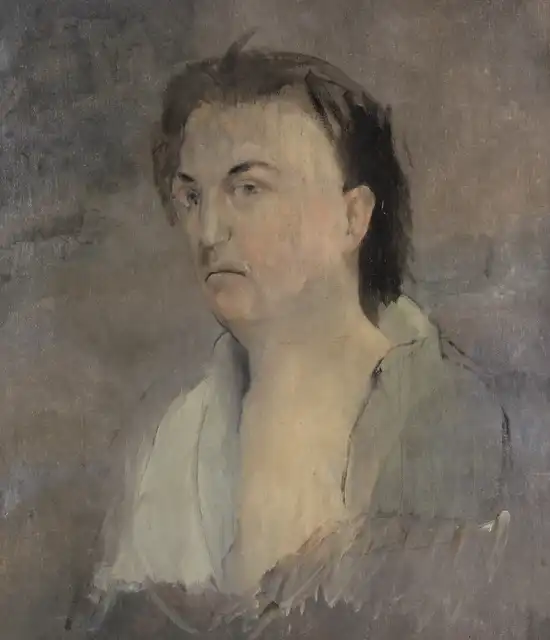
Finally, it was in Monaco that a ruined and forgotten Josephine Baker returned to the stage in 1969, at the invitation of Princess Grace, for a gala for the Monegasque Red Cross. From then on, the reigning family made the great pre-war singer and former member of the Resistance their favourite artist, welcoming her and her twelve adopted children into the family, then contributing to her artistic comeback in 1975. Resident or guests, many of today's musical stars also favour the Côte d'Azur as part of their tours or album projects.
Fashion and photography: Monaco, land of glamour
In keeping with the Principality's reputation for art and luxury, the best representatives of the applied and decorative arts were able to find an enlightened audience in Monaco to showcase their talents. Gabrielle "Coco" Chanel's love of the Ballets Russes led the fashion designer to become a patron of the company in the 1920s, then to regularly visit her artist friends (including Cocteau and Dali) at the great social evenings on the Riviera. She also designed a collection of stage costumes for the local choreographic company. The seaside-inspired designs of this line made Coco Chanel one of the pioneers of beach fashion, which is now seen every year in the 'cruise collection' catwalks around the world.
Her famous successor Karl Lagerfeld, who contributed to Chanel's return to the limelight in the 1980s, also took full advantage of the luxurious and enchanting setting of Monaco and its surroundings. A tenant of Villa La Vigie, from 2013 until his death he was artistic director of the Bal de la Rose, organised by the Société des Bains de Mer and a popular event with Monaco's elite.
Monegasque life, punctuated by numerous events that are unique in the world, populated by great artistic figures and celebrities, has naturally attracted the eye of talented photographers. Georges Detaille's work covers half a century of coronations, Grand Prix events and other iconic moments, giving an insight into the major artistic, sporting and political events in the Principality's history. For his part, Helmut Newton, the great fashion photographer, took an increasing number of shots on the Riviera, where he captured snapshots of the most famous models for the most prestigious brands.
You might also like…
Art, culture and gastronomy this summer at the Hôtel Hermitage Monte-Carlo
A rich programme for the 2024 summer season
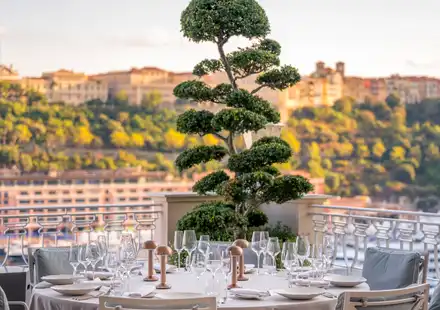
Be Safe, not sorry
Be Safe has just entered a partnership with the Société des Bains de Mer to bring drunk revellers safely back to Nice and Menton.
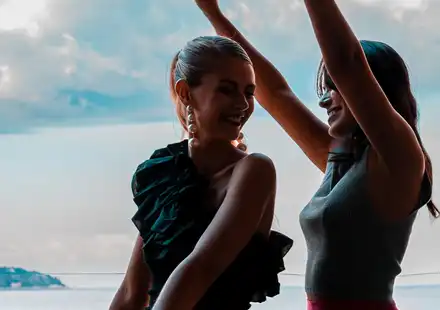
L’Abysse Monte-Carlo: A slice of Japanese haute cuisine
Omotenashi is the subtle art of Japanese hospitality, and it's coming to Monaco with Yannick Alléno and Yasunari Okazaki's new restaurant at the Hôtel Hermitage Monte-Carlo: L'Abysse Monte-Carlo.
